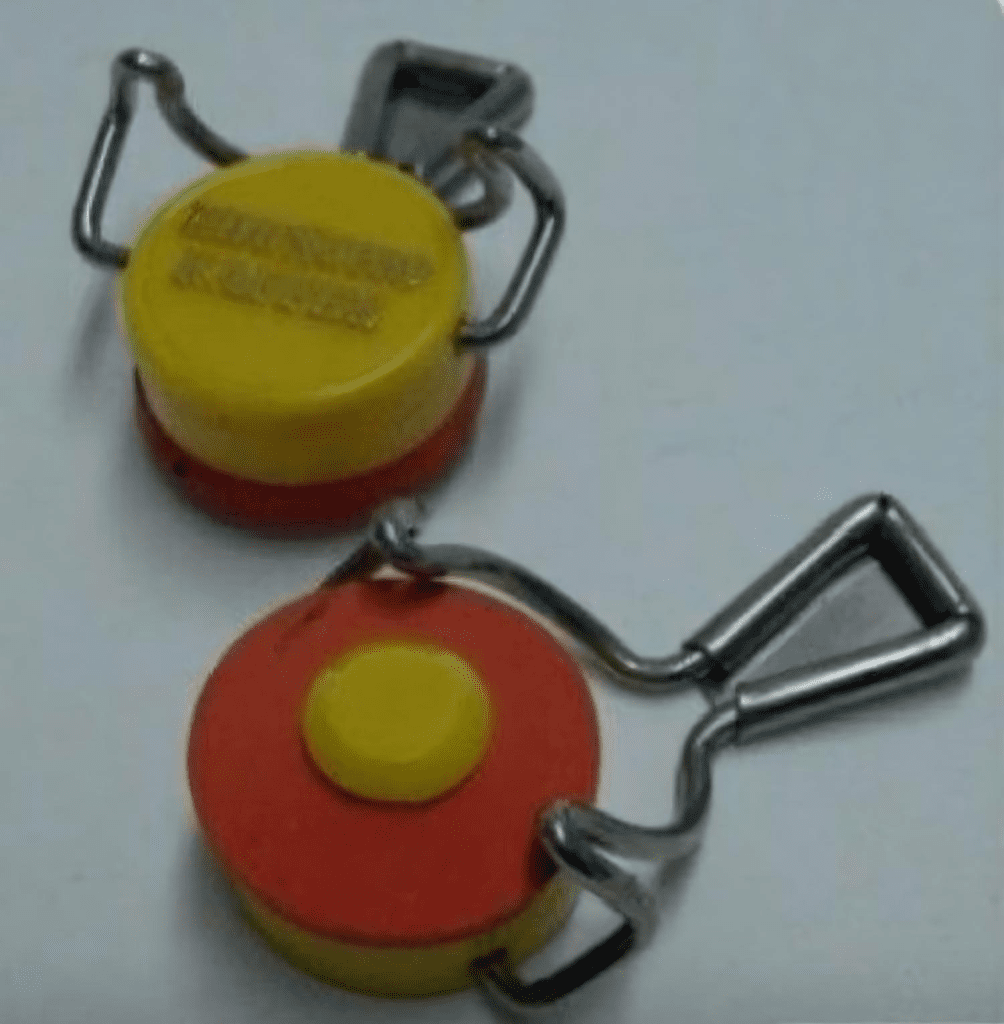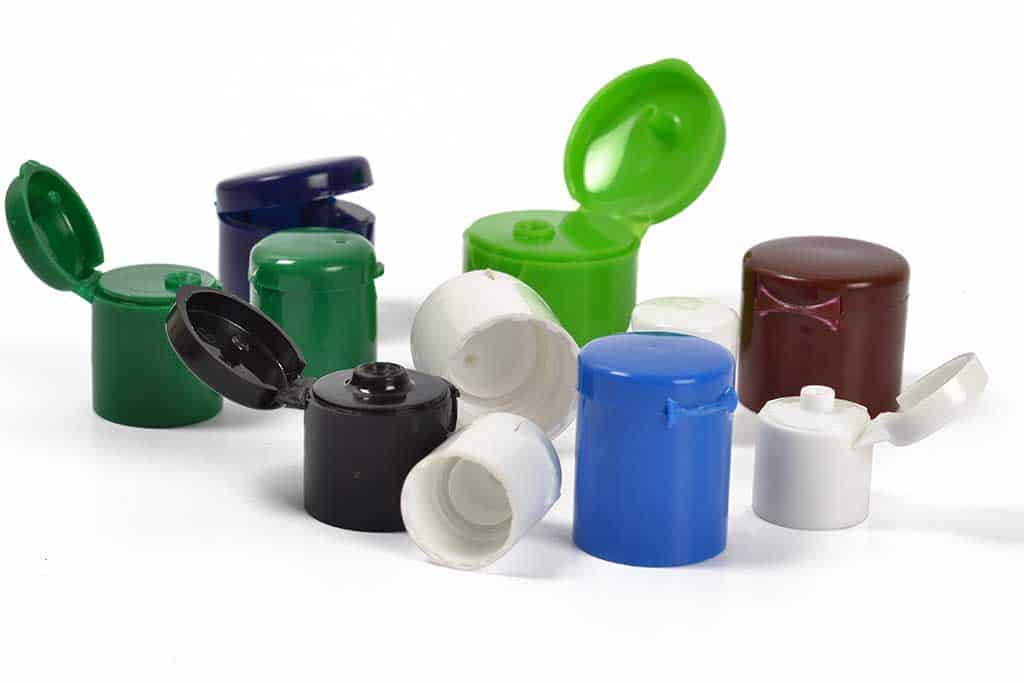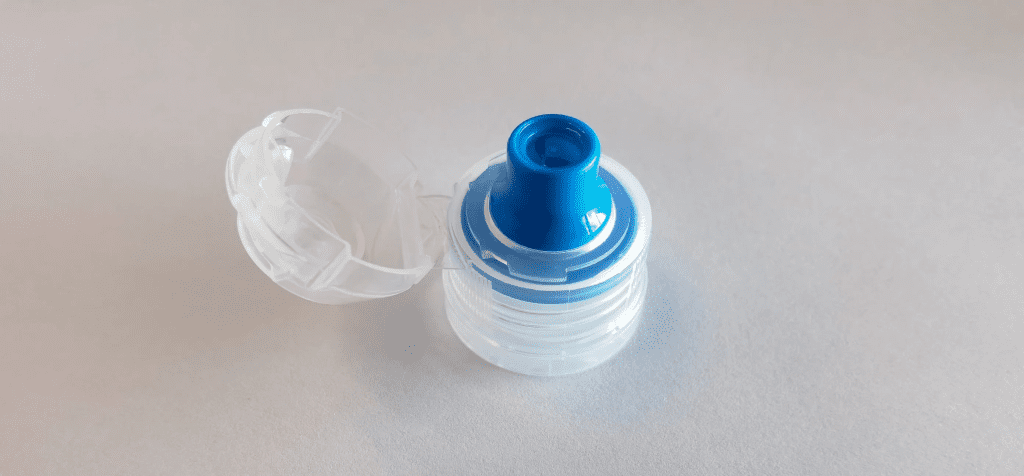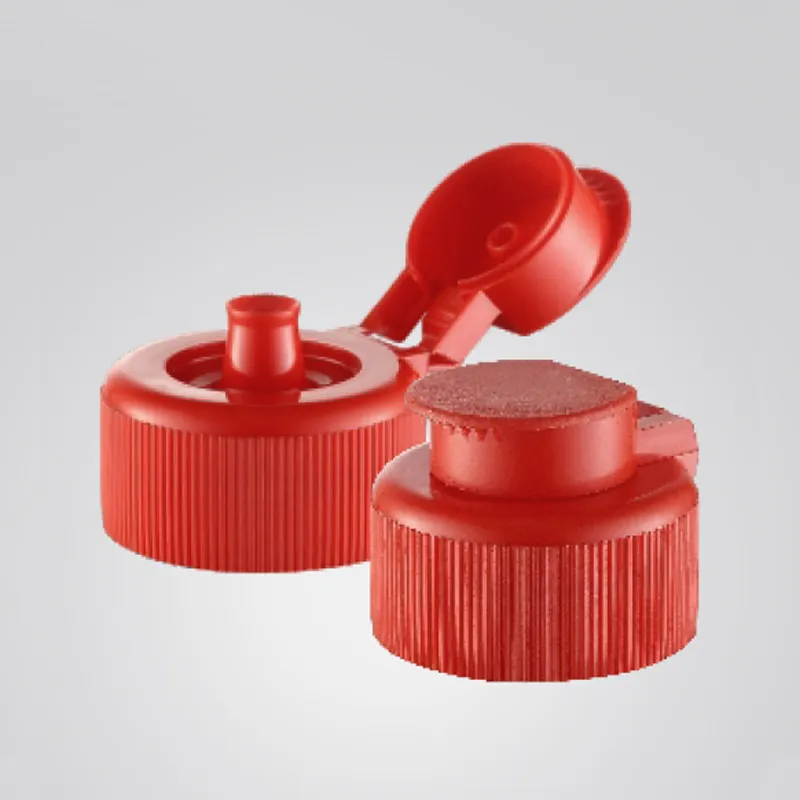Flip-top bottle caps, often known as “swing tops” or “Grolsch caps,” are unique closures featuring a ceramic, plastic, or rubber stopper secured by metal wires. Their design creates a tight seal that keeps beverages fresh and carbonated, making them ideal for drinks like beer, soda, and kombucha. These caps are convenient for users who want easy, tool-free resealing without sacrificing the integrity of their drink.
Unlike disposable caps, flip-tops are made for repeated use, making them an excellent choice for eco-conscious consumers. They’re easy to operate—simply flip the stopper to reseal the bottle and preserve its freshness, reducing the need for additional packaging or plastic waste.
The History of Flip-Top Bottle Caps

Flip-top caps first appeared in the early 1800s, initially crafted with ceramic stoppers held by metal wires. These caps were essential in the era’s new wave of carbonation, helping keep the bubbles intact within each bottle. In 1892, however, the crown cork cap took over as the dominant closure, favored for its mass-production capability and airtight seal.
Although crown corks dominated the mainstream beverage market, flip-top caps never fully disappeared. Their practical and aesthetic appeal found a resurgence with the craft beverage movement, which prioritized quality, tradition, and sustainable packaging. Dutch beer brand Grolsch popularized the design, leading to the name “Grolsch cap,” now a staple for brewers and environmentally minded consumers.
The Resurgence of Flip-Top Caps in Sustainable Packaging
Today, as sustainability takes center stage, flip-top caps are making a comeback. Unlike single-use closures, flip-tops are designed to last, offering a durable, reusable option. They allow consumers to enjoy beverages without waste, as the bottles can be easily sealed and resealed. Additionally, flip-top caps bring a vintage appeal, making them a favorite among craft breweries and home brewers alike.
The ability to reuse and reseal is key, especially for those who like to enjoy their drinks over time or save leftovers for later. Flip-tops provide confidence that the beverage will stay fresh, preserving both quality and carbonation while avoiding the waste that often comes with disposable caps.
Exploring Different Types of Flip-Top Caps
Flip-top caps come in a variety of styles, each suited to different needs. Let’s explore the most common types:
- Ceramic Flip-Top Caps: Known for their durability and classic look, ceramic flip-tops offer a reliable seal with a touch of nostalgia. Often found in high-end craft beers, they’re a robust option for those who frequently reuse bottles.
- Plastic Flip-Top Caps: Lightweight and budget-friendly, plastic flip-tops are common on reusable water bottles and more affordable beverages. While less durable than ceramic, they still provide a solid seal and are popular in the beverage industry.
- Rubber-Sealed Flip-Top Caps: These caps use rubber gaskets for an extra-tight seal, common in Grolsch-style bottles. The rubber ensures carbonation stays locked inside, making these caps ideal for fizzy drinks and preserving freshness over time.
Advantages of Flip-Top Caps Over Traditional Closures

While screw caps and crown corks have their own advantages, flip-top caps offer unique benefits that make them a favorite for reusable and specialty applications:
- Ease of Use: Flip-tops can be opened and closed repeatedly without losing their seal, making them ideal for people who want to enjoy a drink throughout the day or store it for later.
- Sustainability: Designed for multiple uses, flip-top caps significantly reduce waste compared to single-use closures. This aligns with the values of eco-conscious consumers looking to reduce plastic and packaging waste.
- Carbonation Preservation: Flip-top caps with rubber gaskets keep carbonated beverages fresher for longer. Their tight seal minimizes gas escape, ensuring that drinks stay fizzy and flavorful.
- Timeless Aesthetic: With a retro-inspired design, flip-top bottles evoke a classic charm that many consumers find appealing. Their look enhances the experience, especially for brands that value tradition and craftsmanship.
Modern Applications of Flip-Top Bottles

Flip-top bottles are versatile, finding use in a wide range of products beyond just beverages. Here’s where they’re making a significant impact today:
- Craft Beverages: Breweries, wineries, and small-batch soda producers frequently use flip-top bottles to package their products. The secure closure maintains flavor and carbonation, while the reusable nature appeals to sustainability-minded consumers.
- Homemade Juices and Smoothies: Health-conscious consumers and small businesses favor flip-top bottles for fresh juices, kombucha, and smoothies. The airtight seal keeps the contents fresh, slowing oxidation and preserving nutrients.
- Kitchen Staples: Flip-top bottles are also ideal for storing oils, vinegars, and sauces. The secure seal locks in freshness, and the reusable aspect aligns with a waste-free kitchen.
- Home Decor: The vintage style of flip-top bottles makes them popular for decor. They’re commonly used as flower vases, candle holders, and even as containers for fairy lights, adding a unique, eco-friendly touch to any space.
Caring for Your Flip-Top Bottles

To ensure the longevity of flip-top bottles and their caps, proper care is essential. Here are some tips for keeping them in top shape:
- Clean After Each Use: Wash flip-top bottles and caps thoroughly with mild soap and water, especially when storing sugary or fermented drinks. Ceramic caps may require a gentler touch to preserve their finish.
- Sterilize for Beverage Storage: If you’re storing homemade kombucha or juices, sterilize the bottles and caps to prevent bacterial growth, ensuring both safety and taste.
- Check Rubber Seals: Over time, rubber gaskets may wear out. Inspect them regularly and replace them as needed to maintain the bottle’s tight seal and optimal performance.
Flip-Top Caps in Today’s Sustainability Movement
The revival of flip-top bottle caps aligns perfectly with modern sustainability trends. As more consumers prioritize reducing waste, brands are turning to reusable solutions like flip-top closures. Not only are they environmentally friendly, but they also add an aesthetic appeal that many customers love, creating a unique brand experience.
This sustainable trend is likely to grow as industries prioritize eco-conscious packaging. Flip-tops are an ideal choice for brands committed to reducing their environmental footprint, allowing them to offer an appealing, functional, and green packaging solution.
The Future of Flip-Top Caps in Beverage and Food Industries
Flip-top bottle caps have transformed from a 19th-century innovation into a modern symbol of quality, convenience, and sustainability. As consumers continue to embrace eco-friendly products, flip-top caps are expected to hold their place in specialty foods, beverages, and home goods. This is especially true in industries where freshness and resealability are crucial.
Brands and consumers alike are recognizing that flip-top caps represent more than just a functional closure; they symbolize a return to quality, tradition, and mindful consumption. With a focus on sustainable practices, these caps are bound to become even more prevalent, reflecting the values of a world moving toward greener choices.
Conclusion: The Lasting Appeal of Flip-Top Bottle Caps
Flip-top bottle caps represent a timeless blend of tradition, functionality, and sustainability. From their origins in the 1800s to their resurgence today, they’ve captured the hearts of eco-conscious consumers, craft brewers, and decor enthusiasts alike. The combination of practical benefits and vintage charm has cemented flip-top caps as a top choice in sustainable packaging.
Whether used for craft brews, juices, or as part of home decor, flip-top bottle caps embody the idea that some of the best designs are the ones that stand the test of time. Their story is one of innovation, style, and a commitment to a more sustainable future.


